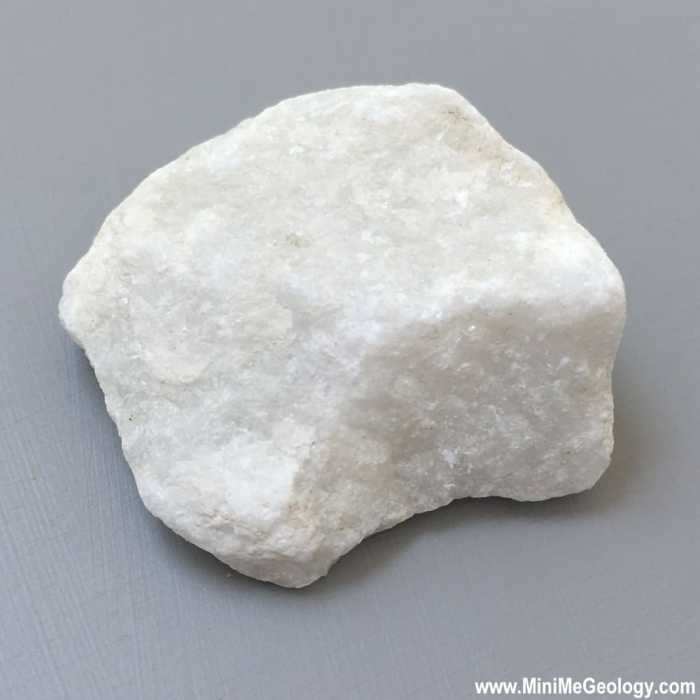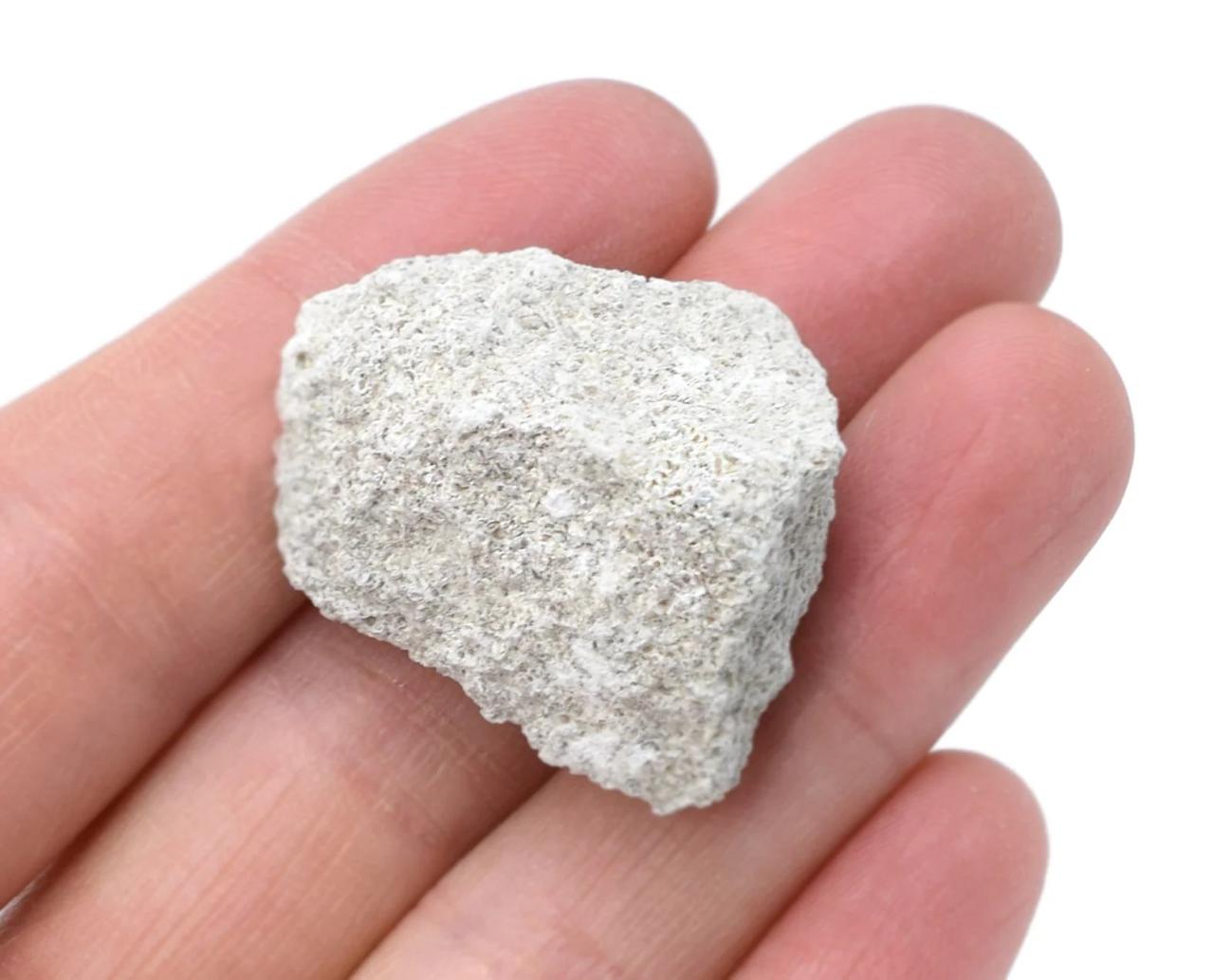Embark on an exploration of select all the correct statements about limestone and marble., unveiling their geological origins, chemical compositions, diverse applications, and environmental considerations. This discourse delves into the fascinating world of these remarkable rocks, shedding light on their unique characteristics and the profound impact they have on our built environment and natural landscapes.
Limestone and marble, formed through distinct geological processes, exhibit contrasting chemical compositions and physical properties. Their versatility extends to a wide range of applications, from construction and agriculture to sculpture and architecture. Understanding the nuances of these materials empowers informed decision-making and fosters sustainable practices within the industry.
Geological Origins and Formation: Select All The Correct Statements About Limestone And Marble.
Limestone and marble are sedimentary rocks that form through distinct geological processes.
Limestone Formation, Select all the correct statements about limestone and marble.
- Limestone primarily originates from the accumulation and compaction of calcium carbonate (CaCO3) sediments.
- These sediments can be derived from marine organisms, such as corals, mollusks, and algae, which secrete CaCO3 as part of their skeletal structures.
- Over time, these organic remains accumulate on the seafloor, forming carbonate-rich sediments.
- As these sediments are subjected to pressure and temperature changes, they undergo lithification, a process that transforms them into solid limestone rock.
Marble Formation
- Marble forms when limestone undergoes intense heat and pressure within the Earth’s crust.
- This process, known as metamorphism, causes the recrystallization of the limestone’s calcite minerals.
- The resulting rock, marble, exhibits a characteristic crystalline structure and often displays attractive color patterns due to impurities present in the original limestone.
Geological Settings
- Limestone is commonly found in marine environments, such as shallow seas and coral reefs.
- Marble, on the other hand, is typically found in areas that have experienced significant geological activity, such as mountain belts and metamorphic zones.
Chemical Composition and Physical Properties

Limestone and marble share similar chemical compositions but differ in their physical properties.
Chemical Composition
- Limestone is primarily composed of calcium carbonate (CaCO3).
- Marble also consists mainly of CaCO3, but it may contain impurities such as magnesium carbonate (MgCO3) and other minerals.
Physical Properties
| Property | Limestone | Marble |
|---|---|---|
| Hardness | 3-4 on the Mohs scale | 3-5 on the Mohs scale |
| Density | 2.5-2.7 g/cm³ | 2.6-2.9 g/cm³ |
| Solubility | Soluble in acids | Less soluble in acids than limestone |
Uses and Applications

Limestone and marble have a wide range of uses in various industries.
Limestone Uses
- Construction: Limestone is a common building material used in foundations, walls, and flooring.
- Agriculture: Limestone is used as a soil amendment to neutralize acidity and provide calcium.
- Manufacturing: Limestone is used in the production of cement, glass, and paper.
Marble Uses
- Sculpture: Marble has been prized for centuries for its use in sculptures and other works of art.
- Architecture: Marble is used in flooring, countertops, and other decorative elements in buildings.
- Countertops: Marble is a popular choice for kitchen and bathroom countertops due to its durability and aesthetic appeal.
Choice of Material
The choice between limestone and marble for specific applications depends on factors such as:
- Intended use and desired appearance
- Cost and availability
- Physical properties, such as hardness and durability
Environmental Impact and Sustainability

Limestone and marble extraction and processing can have environmental impacts.
Environmental Impact
- Quarrying: Limestone and marble quarrying can disrupt ecosystems and alter landscapes.
- Processing: The processing of limestone and marble can release dust and other pollutants into the environment.
- Waste: The production of limestone and marble generates significant amounts of waste, including overburden and slurry.
Sustainability
- Responsible quarrying practices can minimize environmental impacts.
- Recycling and reusing limestone and marble waste can reduce environmental footprint.
- Sustainable practices in the industry include using eco-friendly extraction methods and implementing waste management strategies.
FAQ
What is the primary difference between limestone and marble?
Marble is a metamorphic rock formed from limestone under intense heat and pressure, resulting in a recrystallized structure and increased hardness.
How is limestone used in agriculture?
Limestone is commonly applied as a soil amendment to neutralize acidity and provide essential calcium for plant growth.
What are the environmental concerns associated with marble extraction?
Marble quarrying can disrupt ecosystems, generate waste, and contribute to air and water pollution if not managed responsibly.